Cooling rubidium atoms and slowing them down makes them behave like a mirror that could one day be used to explore the quantum world.




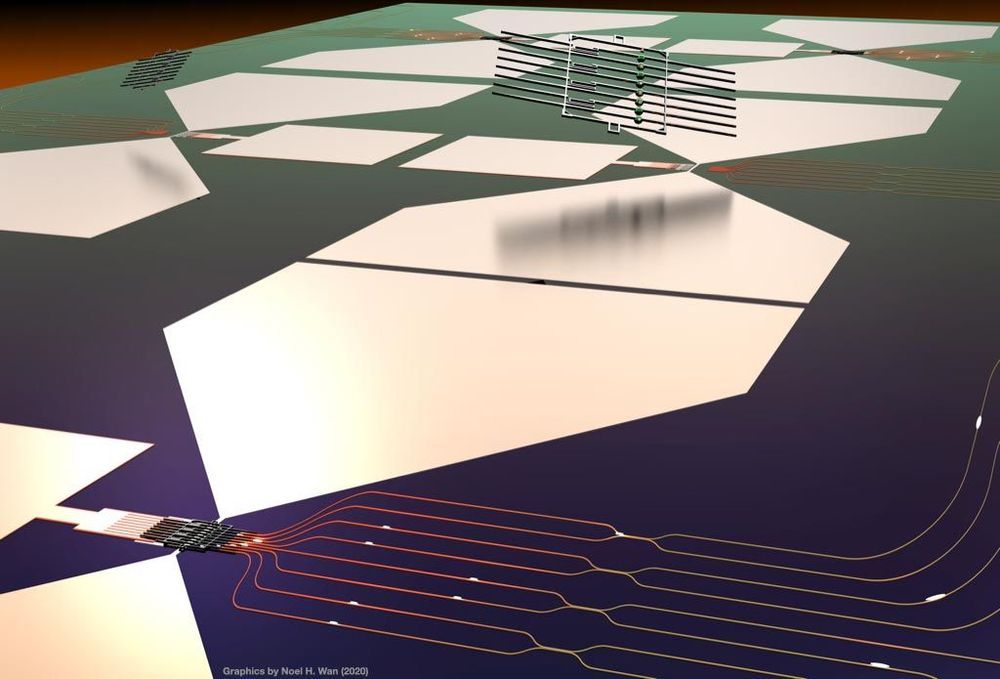
MIT engineers develop a hybrid process that connects photonics with “artificial atoms,” to produce the largest quantum chip of its type.
MIT researchers have developed a process to manufacture and integrate “artificial atoms,” created by atomic-scale defects in microscopically thin slices of diamond, with photonic circuitry, producing the largest quantum chip of its type.
The accomplishment “marks a turning point” in the field of scalable quantum processors, says Dirk Englund, an associate professor in MIT’s Department of Electrical Engineering and Computer Science. Millions of quantum processors will be needed to build quantum computers, and the new research demonstrates a viable way to scale up processor production, he and his colleagues note.
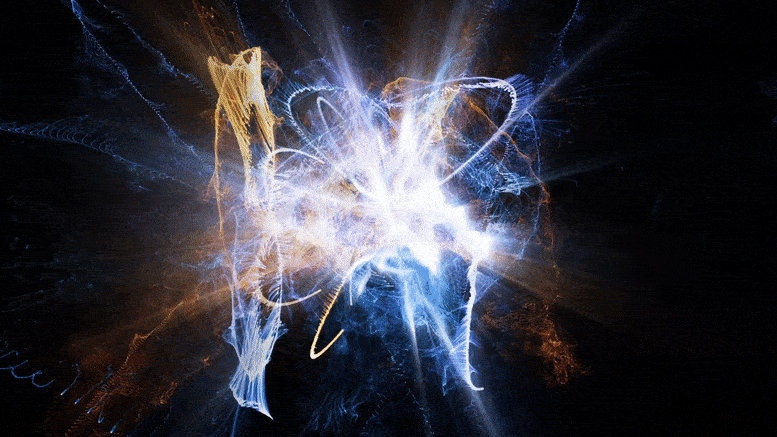
Berkeley Lab researchers are part of an international team that reports a high-sensitivity measurement by underground CUPID-Mo experiment.
Nuclear physicists affiliated with the U.S. Department of Energy’s Lawrence Berkeley National Laboratory (Berkeley Lab) played a leading role in analyzing data for a demonstration experiment that has achieved record precision for a specialized detector material.
The CUPID-Mo experiment is among a field of experiments that are using a variety of approaches to detect a theorized particle process, called neutrinoless double-beta decay, that could revise our understanding of ghostly particles called neutrinos, and of their role in the formation of the universe.
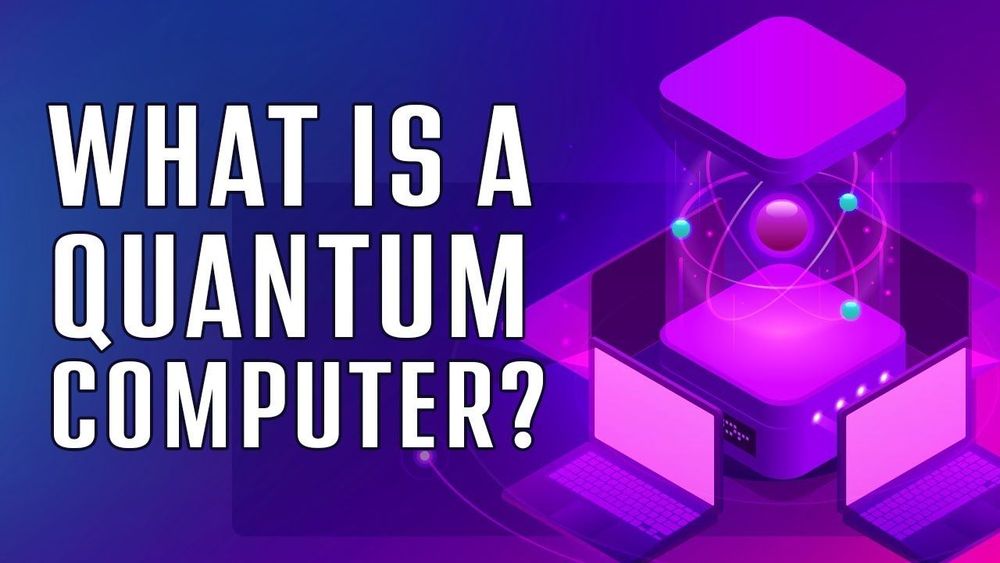
Evidence has emerged for long-proposed, but previously unconfirmed quasiparticles called anyons. The concept of anyons goes back 43 years, and physicists have found evidence collections of particles are behaving as anyons for some time, but have lacked confirmation. Now, within months of each other, two teams have found different methods to verify that this is what they are dealing with that look much more conclusive.
The universe’s particles are divided into two sorts; fermions and bosons. Fermions, including the components of atoms, cannot occupy the same quantum state as each other while bosons, which include photons of light, have no such problem.
Anyone who has spent much time around physicists will not be surprised to learn that many have wondered if there could be something else. For some, the so-called “particle zoo” is never sufficiently weird and wonderful. This led to the proposal of anyons, which can only exist in two-dimensional space.

Is a process in nuclear physics in which the nucleus of an atom splits into two or more smaller nuclei as fission products, and usually some by-product particles. Hence, fission is a form of elemental transmutation. The by-products include free neutrons, photons usually in the form gamma rays, and other nuclear fragments such as beta particles and alpha particles. Fission of heavy elements is an exothermic reaction and can release substantial amounts of useful energy both as gamma rays and as kinetic energy of the fragments (heating the bulk material where fission takes place). Nuclear fission produces energy for nuclear power and to drive explosion of nuclear weapons.

Circa 2011
It’s certainly an established fact that electricity can cause fires, but today a group of Harvard scientists presented their research on the use of electricity for fighting fires. In a presentation at the 241st National Meeting & Exposition of the American Chemical Society, Dr. Ludovico Cademartiri told of how they used a unique device to shoot beams of electricity at an open flame over one foot tall. Almost immediately, he said, the flame was extinguished. On a larger scale, such a system would minimize the amount of water that needed to be sprayed into burning buildings, both saving water and limiting water damage to those buildings.
Apparently, it has been known for over 200 years that electricity affects fire – it can cause flames to change in character, or even stop burning altogether. According to Cademartiri, a postdoctoral fellow in the group of Prof. George M. Whitesides at Harvard University, what hasn’t been looked into much is the science behind the relationship. It turns out that soot particles within flames can easily become charged, and therefore can cause flames to lose stability when the local electrical fields are altered.
The Harvard device consists of a 600-watt amplifier hooked up to a wand-like probe, which is what delivers the electrical beams. The researchers believe that a much lower-powered amplifier should deliver similar results, which could allow the system to worn as a backpack, by firefighters. It could also be mounted on ceilings, like current sprinkler systems, or be remotely-controlled.
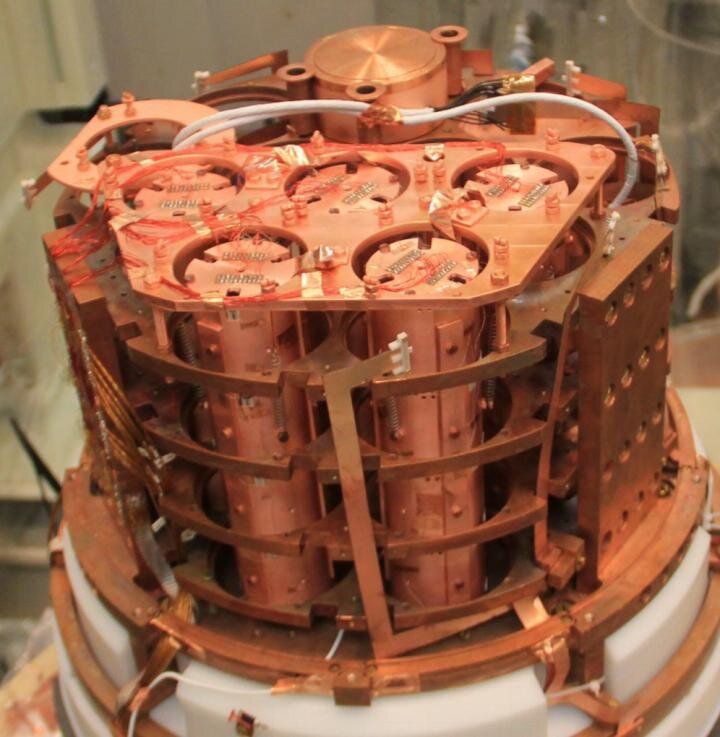
Nuclear physicists affiliated with the U.S. Department of Energy’s Lawrence Berkeley National Laboratory (Berkeley Lab) played a leading role in analyzing data for a demonstration experiment that has achieved record precision for a specialized detector material.
The CUPID-Mo experiment is among a field of experiments that are using a variety of approaches to detect a theorized particle process, called neutrinoless double-beta decay, that could revise our understanding of ghostly particles called neutrinos, and of their role in the formation of the universe.
The preliminary results from the CUPID-Mo experiment, based on the Berkeley Lab-led analysis of data collected from March 2019 to April 2020, set a new world-leading limit for the neutrinoless double-beta decay process in an isotope of molybdenum known as Mo-100. Isotopes are forms of an element that carry a different number of uncharged particles called neutrons in their atomic nuclei.
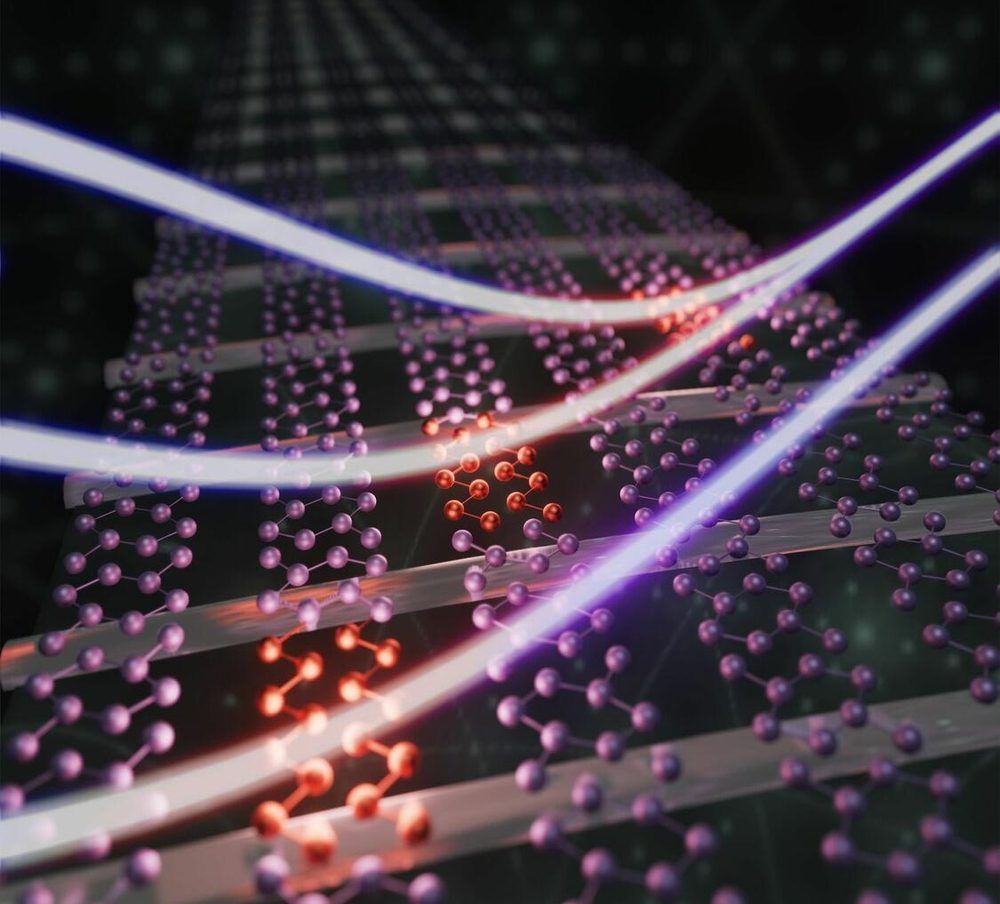
The goal of “Femtochemistry” is to film and control chemical reactions with short flashes of light. Using consecutive laser pulses, atomic bonds can be excited precisely and broken as desired. So far, this has been demonstrated for selected molecules. Researchers at the University of Göttingen and the Max Planck Institute for Biophysical Chemistry have now succeeded in transferring this principle to a solid, controlling its crystal structure on the surface. The results have been published in the journal Nature.
The team, led by Jan Gerrit Horstmann and Professor Claus Ropers, evaporated an extremely thin layer of indium onto a silicon crystal and then cooled the crystal down to −220 degrees Celsius. While the indium atoms form conductive metal chains on the surface at room temperature, they spontaneously rearrange themselves into electrically insulating hexagons at such low temperatures. This process is known as the transition between two phases – the metallic and the insulating – and can be switched by laser pulses. In their experiments, the researchers then illuminated the cold surface with two short laser pulses and immediately afterwards observed the arrangement of the indium atoms using an electron beam. They found that the rhythm of the laser pulses has a considerable influence on how efficiently the surface can be switched to the metallic state.
This effect can be explained by oscillations of the atoms on the surface, as first author Jan Gerrit Horstmann explains: “In order to get from one state to the other, the atoms have to move in different directions and in doing so overcome a sort of hill, similar to a roller coaster ride. A single laser pulse is not enough for this, however, and the atoms merely swing back and forth. But like a rocking motion, a second pulse at the right time can give just enough energy to the system to make the transition possible.” In their experiments, the physicists observed several oscillations of the atoms, which influence the conversion in very different ways.